Across sectors, like clean tech, digital infrastructure, sustainable agriculture, and advanced manufacturing, Canadian businesses, institutions, and policymakers are laying down serious groundwork for a future-ready economy. These efforts are shaping disruption. Here are 24 proofs that Canada is future-proofing its economy:
Canada’s National Quantum Strategy

With a $360 million commitment, Canada’s National Quantum Strategy is pushing the country to the front lines of next-gen computing. The plan invests heavily in talent development, commercialization, and world-class research, ensuring Canadian firms and universities help define the future of encryption, drug discovery, and logistics. Homegrown players like Xanadu and D-Wave are already making international waves. While other countries hesitate, Canada is doubling down on quantum as a core pillar of its economic future, making sure it stays relevant in a world increasingly shaped by computational breakthroughs.
Agri-Tech Innovation in the Prairies

Canada’s breadbasket is growing food and growing ideas. In places like Saskatchewan and Manitoba, precision agriculture and agri-tech startups are revolutionizing how food is grown, harvested, and distributed. Drones monitor crop health, AI predicts weather impacts, sensor networks track soil nutrients, and all of it feeds a system designed for sustainability and export power. With global food systems under pressure, Canada’s agricultural sector is adapting fast and proving that tech and tradition can thrive together.
Sustainable Battery Supply Chains in Ontario
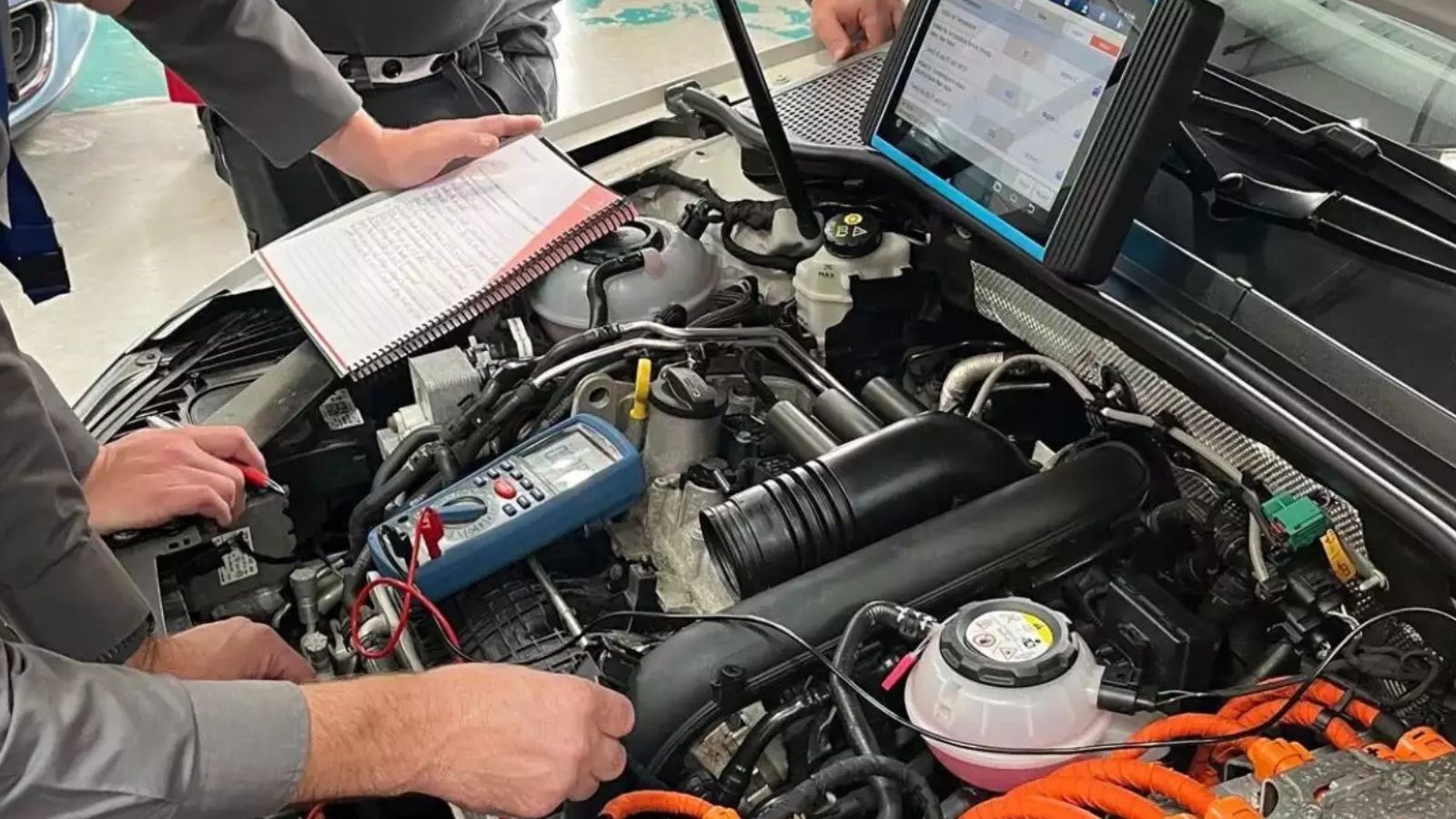
Canada is staking its claim in the EV revolution with a bold move by building a full-circle battery supply chain. From critical mineral extraction in Ontario and Quebec to domestic battery manufacturing plants from companies like Umicore and Stellantis, the country is becoming a key player in North America’s green auto future. By keeping sourcing, refining, and production within Canadian borders, the country is reducing reliance on unstable foreign supply chains.
Vancouver’s Green Building Leadership
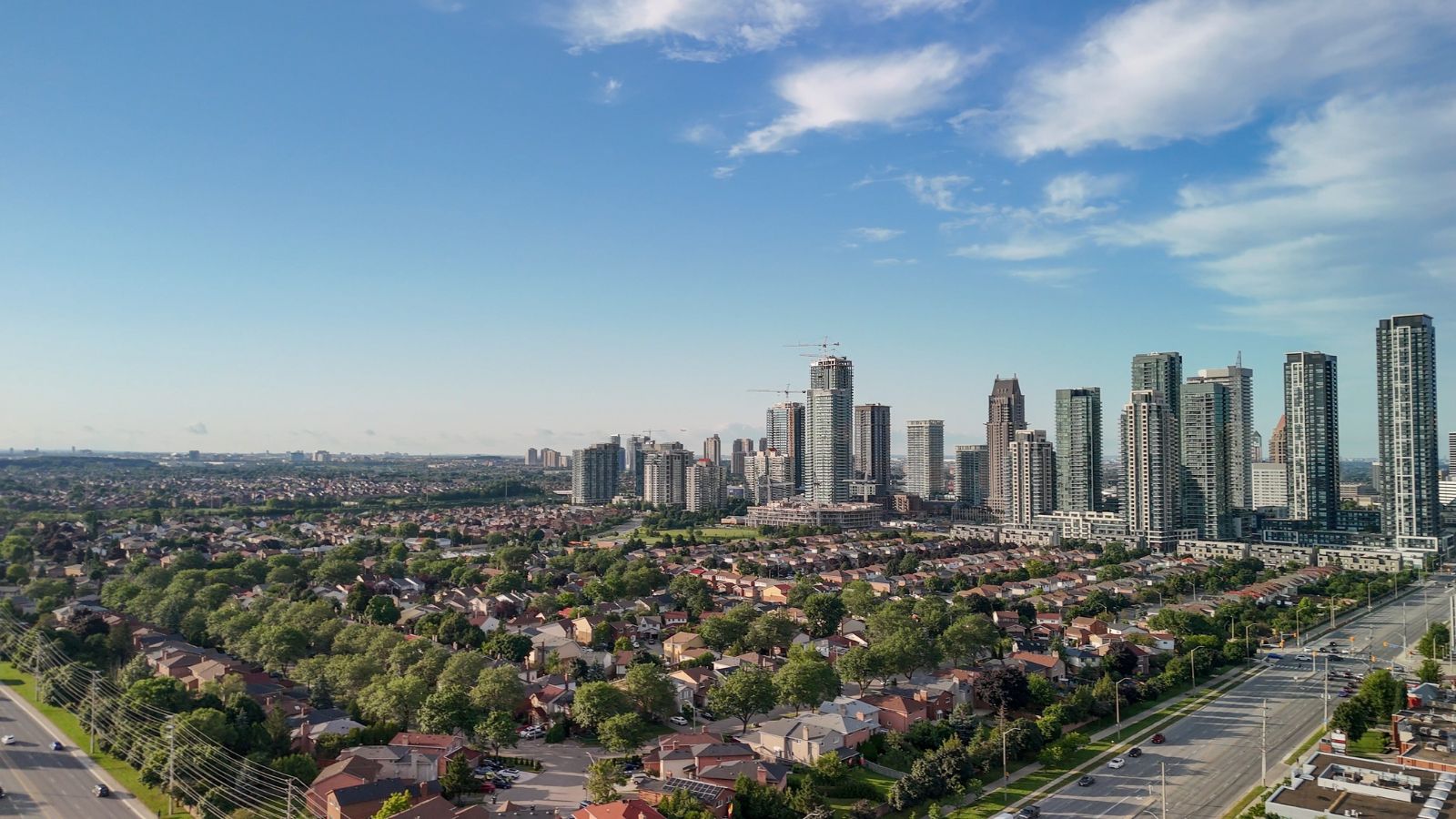
Vancouver’s building codes are among the most ambitious in North America, and they are already reshaping the construction industry. The city’s Zero Emissions Building Plan and Passive House requirements have led to a boom in green architecture, low-energy housing, and carbon-conscious commercial builds. These policies are driving innovation in insulation, HVAC design, and renewable materials that come from Canadian manufacturers. By turning real estate into a climate-forward industry, Vancouver is creating jobs, slashing emissions, and proving that future-proofing the economy starts with the places people live and work.
Montréal’s AI Ecosystem

Montréal is no longer just a cultural capital, as it has transformed into an AI powerhouse with global credibility. With deep investments from government, academia, and the private sector, the city has attracted talent from around the world and built research hubs like Mila that rival those in Silicon Valley. Companies like Element AI, which ServiceNow acquired, helped put the city on the map, and today, AI is embedded in sectors from healthcare to logistics. Montréal’s long-term bet on artificial intelligence is already paying off and positioning Canada as a global leader in ethical, human-centered tech.
Atlantic Canada’s Ocean Tech Surge

From Halifax to St. John’s, Atlantic Canada is riding a wave of innovation in ocean technology. The Ocean Supercluster, which is part of Canada’s innovation cluster program, has backed dozens of projects, from autonomous underwater drones to sustainable aquaculture systems. These initiatives support marine industries and help position Canada as a leader in the blue economy. With global demand rising for ocean data, offshore energy, and seafood, the region is turning its maritime heritage into a springboard for 21st-century prosperity. Canada’s coastal future is becoming one of tech-driven sustainability and export-ready expertise.
Alberta’s Pivot to Hydrogen
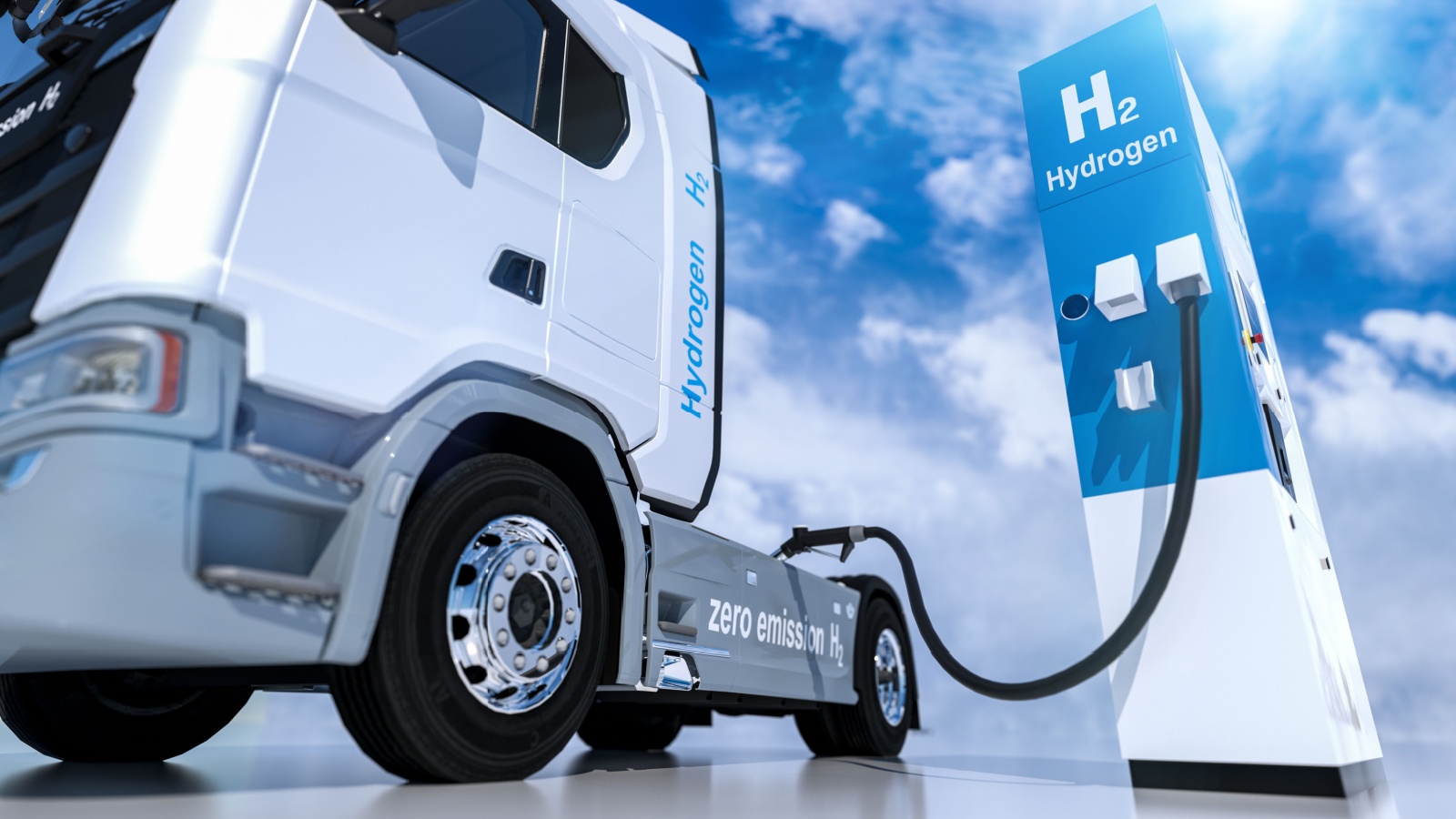
Oil-rich Alberta is rewriting its energy script with a bold hydrogen push. Leveraging its existing infrastructure and technical know-how, the province is investing heavily in clean hydrogen production, particularly blue hydrogen, which uses carbon capture to reduce emissions. Projects like the $1.3 billion Air Products hydrogen facility in Edmonton signal a serious shift toward future fuels. With hydrogen set to play a key role in decarbonizing heavy transport and industry, Alberta is positioning itself as one of the key architects of energy transition.
Indigenous-Led Renewable Energy Projects
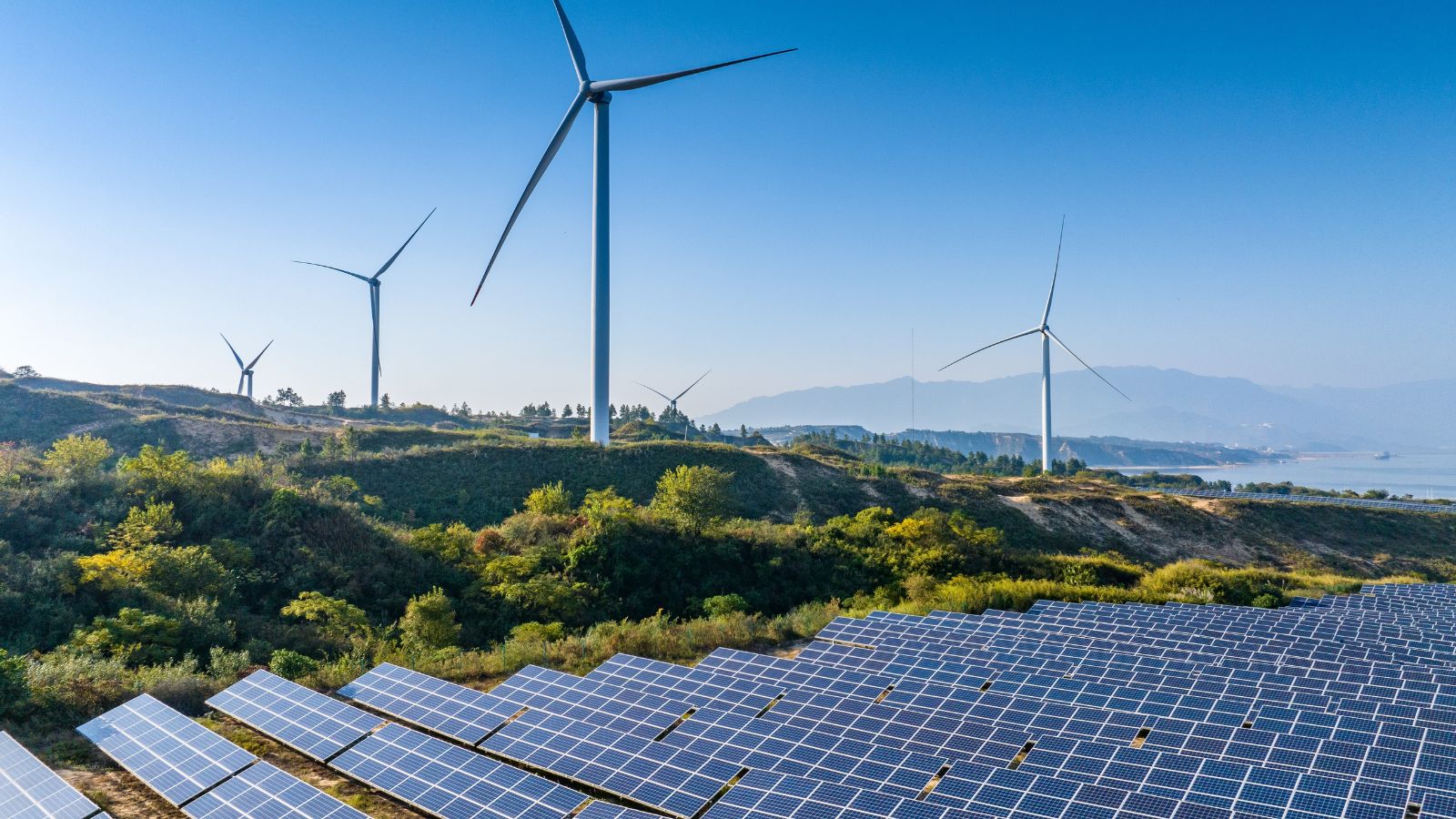
Indigenous communities across Canada are at the forefront of renewable energy development, combining sovereignty, sustainability, and economic self-determination. From solar installations in northern Ontario to hydroelectric projects in British Columbia, First Nations are proving that clean energy can empower local economies and cultural priorities. With federal support and partnerships increasing, these projects are reducing emissions, creating jobs, building infrastructure and charting a future where Indigenous voices are central to Canada’s energy landscape. This demonstrates a grassroots climate action with national and even global implications that sets Canada up for the future.
Canada’s Global Talent Attraction Strategy

While countries tighten immigration, Canada is making it easier for top global talent to move in and get to work fast. Programs like the Global Talent Stream and the new Digital Nomad Visa fast-track tech professionals and startup founders into the workforce. Combined with open post-study work permits and permanent residency pathways, this strategy is fueling innovation in sectors like fintech, biotech, and AI. By investing in people as much as infrastructure, Canada is laying human foundations for a competitive, future-proof economy that is open, diverse and ready to scale.
Smart Forestry in British Columbia
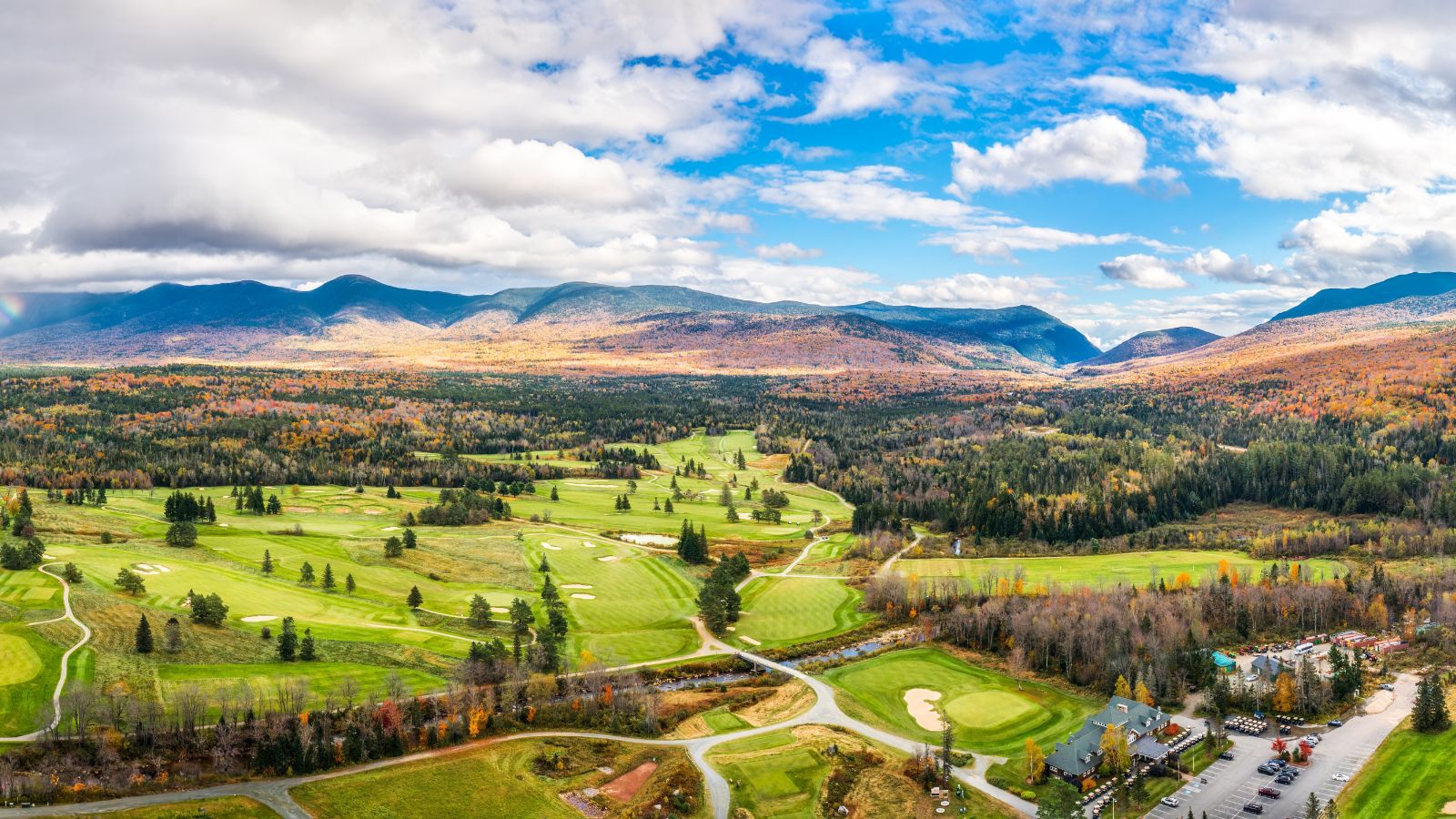
British Columbia is merging tradition with technology in the forestry sector. With climate pressures and resource depletion looming, smart forestry practices are helping ensure both economic and environmental sustainability. High-resolution mapping, AI-based harvest planning, and drone surveillance are allowing for more precise, less destructive logging. Combined with reforestation mandates and Indigenous-led stewardship models, this has made B.C.’s forests a living case study in how natural resources can be managed for long-term resilience.
Toronto’s Fintech Revolution

Toronto has become a fintech powerhouse, drawing comparisons to London and New York in terms of startup growth and financial innovation. With strong banking infrastructure, investor access, and tech talent from nearby universities, the city has nurtured a vibrant ecosystem of companies disrupting payments, lending, and personal finance. Firms like Wealthsimple, Koho, and Clearco are transforming how Canadians manage money, while attracting global funding. This blend of financial stability and tech-forward ambition is helping Canada build a finance sector that is digitally resilient and globally relevant for decades to come.
Québec’s EV Battery Strategy

Québec is fast becoming the heart of Canada’s electric vehicle supply chain. Rich in lithium, nickel, and hydroelectric power, the province is attracting massive investments in battery production and recycling. Major players like Northvolt and General Motors have announced multi-billion-dollar battery facilities, drawn by Québec’s low-emission grid and skilled workforce. With EV demand surging worldwide, this clean-energy infrastructure positions Canada as a critical supplier in the global transition that has become indispensable to the next generation of transportation.
Canada’s Circular Economy Initiatives

Canada is doubling down on a circular economy, where waste becomes a resource and consumption meets sustainability. Cities like Vancouver and Montréal are piloting zero-waste strategies, while provinces explore repair, reuse, and recycling mandates across sectors. Startups are also entering the space, creating biodegradable packaging, textile recycling systems, and secondhand marketplaces that challenge throwaway culture. With support from both policy and consumer demand, these shifts aim to decouple growth from resource depletion.
Saskatchewan’s Rare Earth Potential
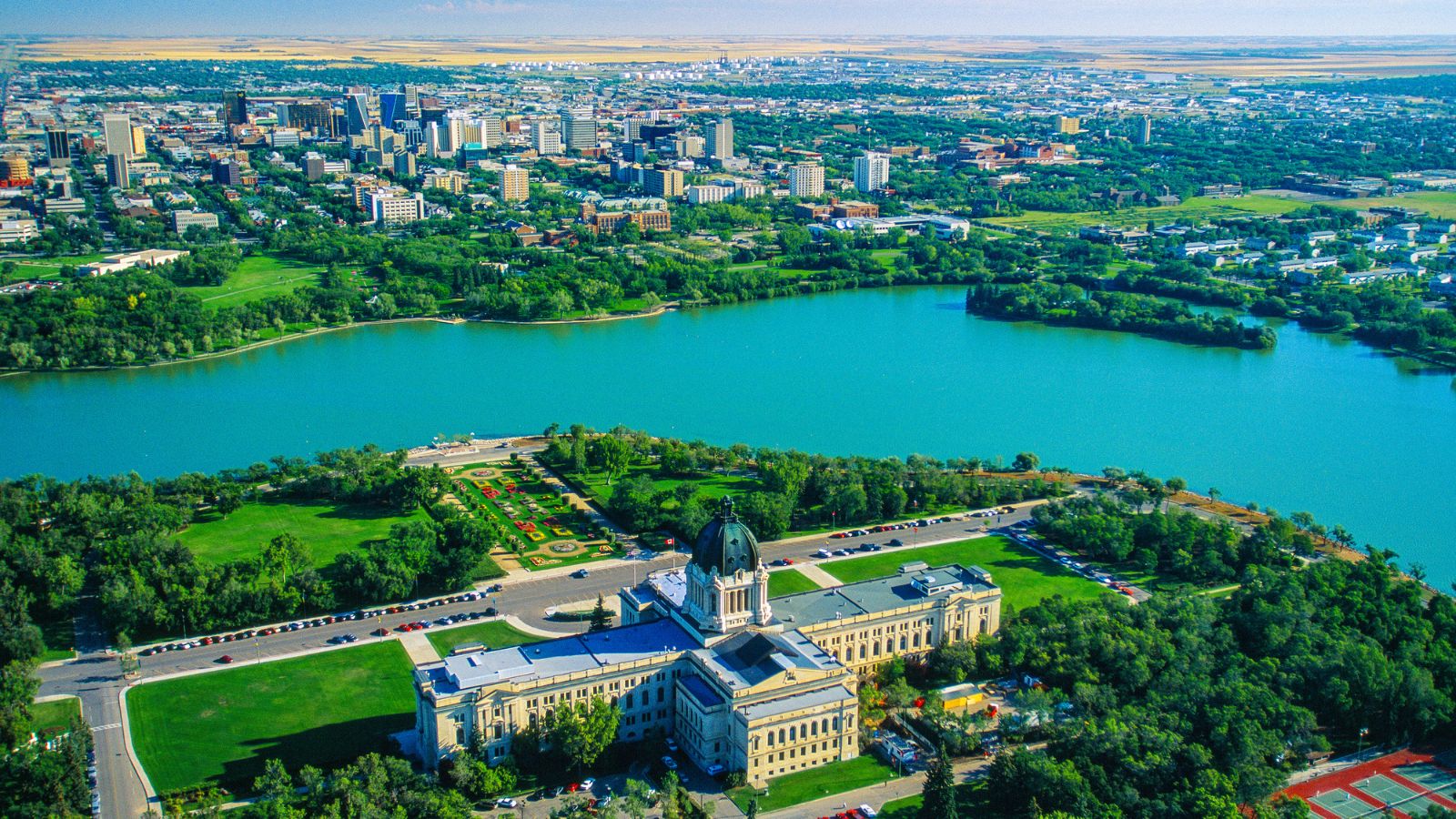
The global race for rare earth minerals, which are critical for EVs, wind turbines, and smartphones, has found an unexpected frontrunner in Saskatchewan. The province is home to Canada’s first rare earth processing facility, which is vital in reducing dependence on China’s supply chain dominance. With deposits of neodymium, praseodymium, and other strategic elements, Saskatchewan is aligning resource extraction with geopolitical relevance. The province is also showing that rural regions can lead in high-tech supply chains.
AI Ethics Leadership from Montreal

Montreal is advancing artificial intelligence and helping the world use it responsibly. Home to Mila, one of the world’s top AI research institutes, the city is a leader in promoting ethical AI development. Researchers there helped shape the Montréal Declaration for Responsible AI, advocating for transparency, accountability, and human-centered design. As governments and industries worldwide grapple with AI’s implications, Canada’s proactive stance is earning global trust.
National Strategy on Critical Minerals
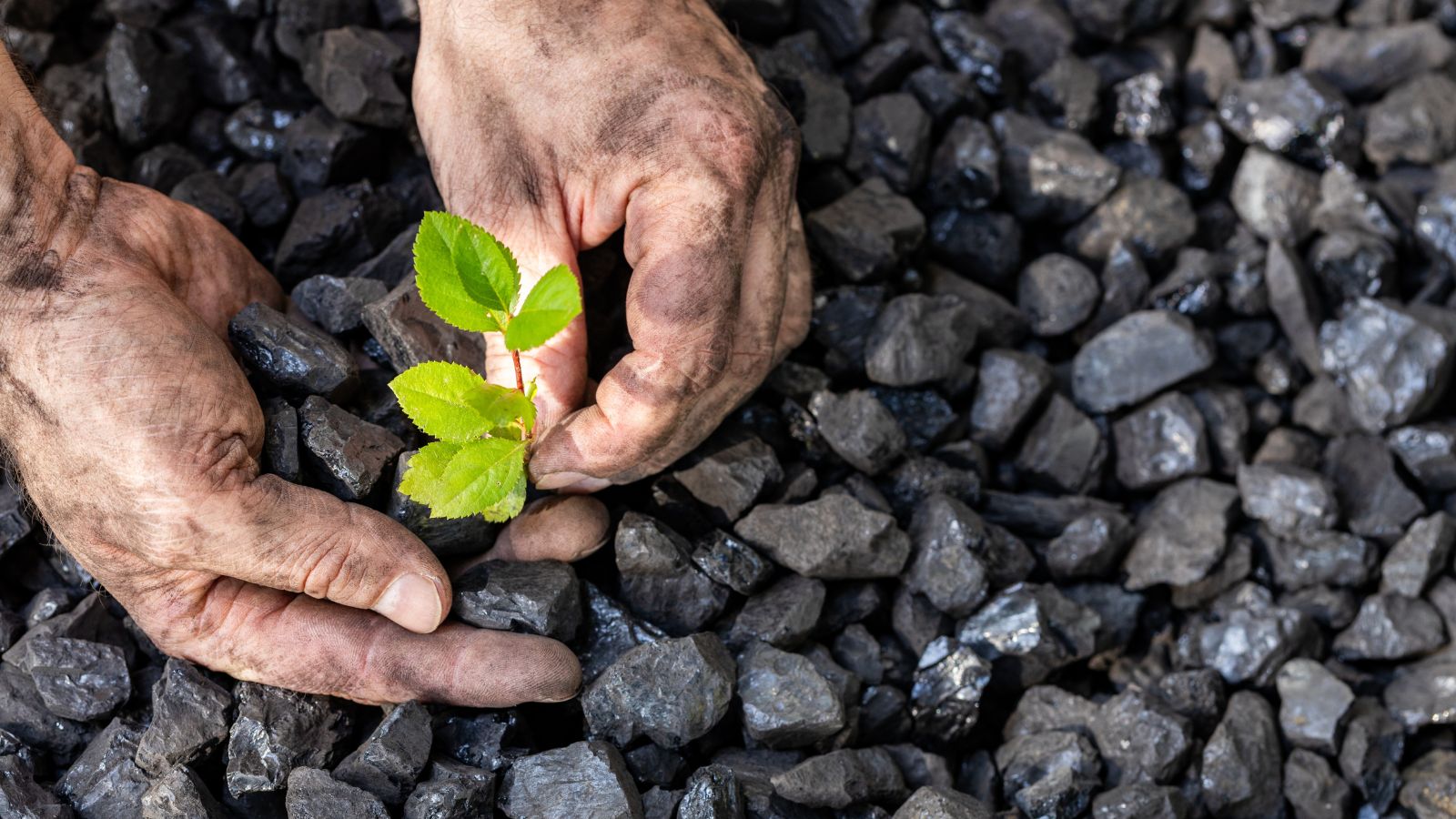
Canada’s Critical Minerals Strategy is more than just resource planning, but also a blueprint for economic resilience. With demand exploding for lithium, cobalt, and graphite in green tech, Ottawa has prioritized mining, refining, and innovation in this sector. The strategy includes major investments, Indigenous partnerships, and environmental oversight to ensure long-term sustainability. By controlling more of the value chain, from extraction to processing, Canada is positioning itself as a global supplier of the materials that power the energy transition.
First Nations Leading Renewable Projects
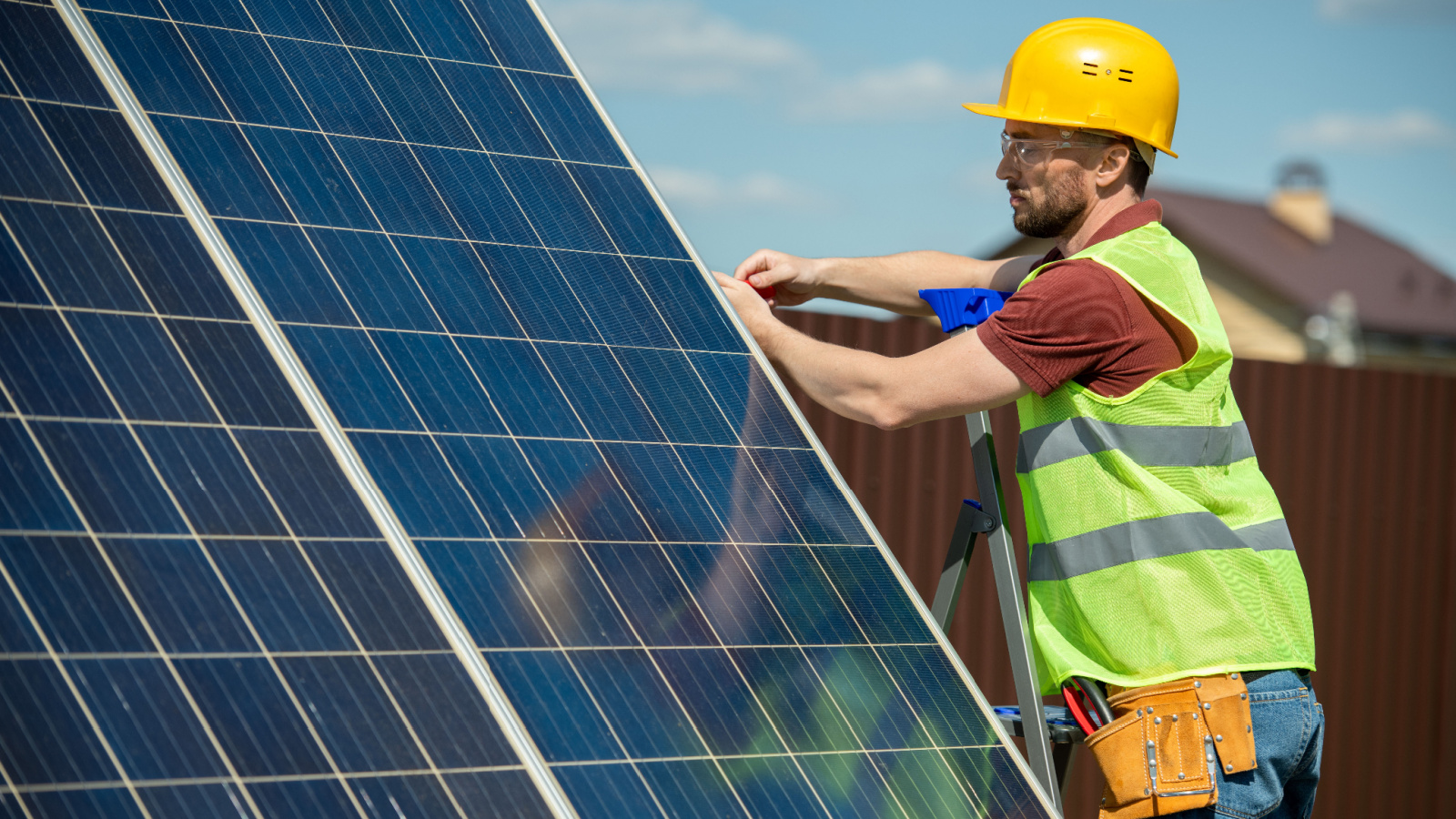
Indigenous communities across Canada are embracing clean energy and leading it. From wind farms in Nova Scotia to solar installations in the Yukon, First Nations are developing renewable projects that bring economic autonomy and environmental stewardship. These initiatives often blend traditional knowledge with modern tech, creating models of sustainability that challenge conventional development. With growing federal and private sector support, Indigenous-owned energy projects are proving that inclusive economies are stronger economies.
World-Class Research Hubs in Life Sciences

Canadian cities like Toronto, Vancouver, and Montréal are rapidly becoming hubs for biomedical innovation. Anchored by universities and teaching hospitals, these life sciences clusters are attracting pharmaceutical giants and biotech startups alike. Whether it is cell therapy breakthroughs or next-gen vaccines, Canadian labs are punching above their weight on the world stage. Public-private partnerships and targeted funding have helped translate cutting-edge research into commercial products, driving exports, job creation, and global relevance. As aging populations and future pandemics loom, Canada’s investments in health innovation are proving to be both prescient and profitable.
Climate Finance Gains Serious Traction
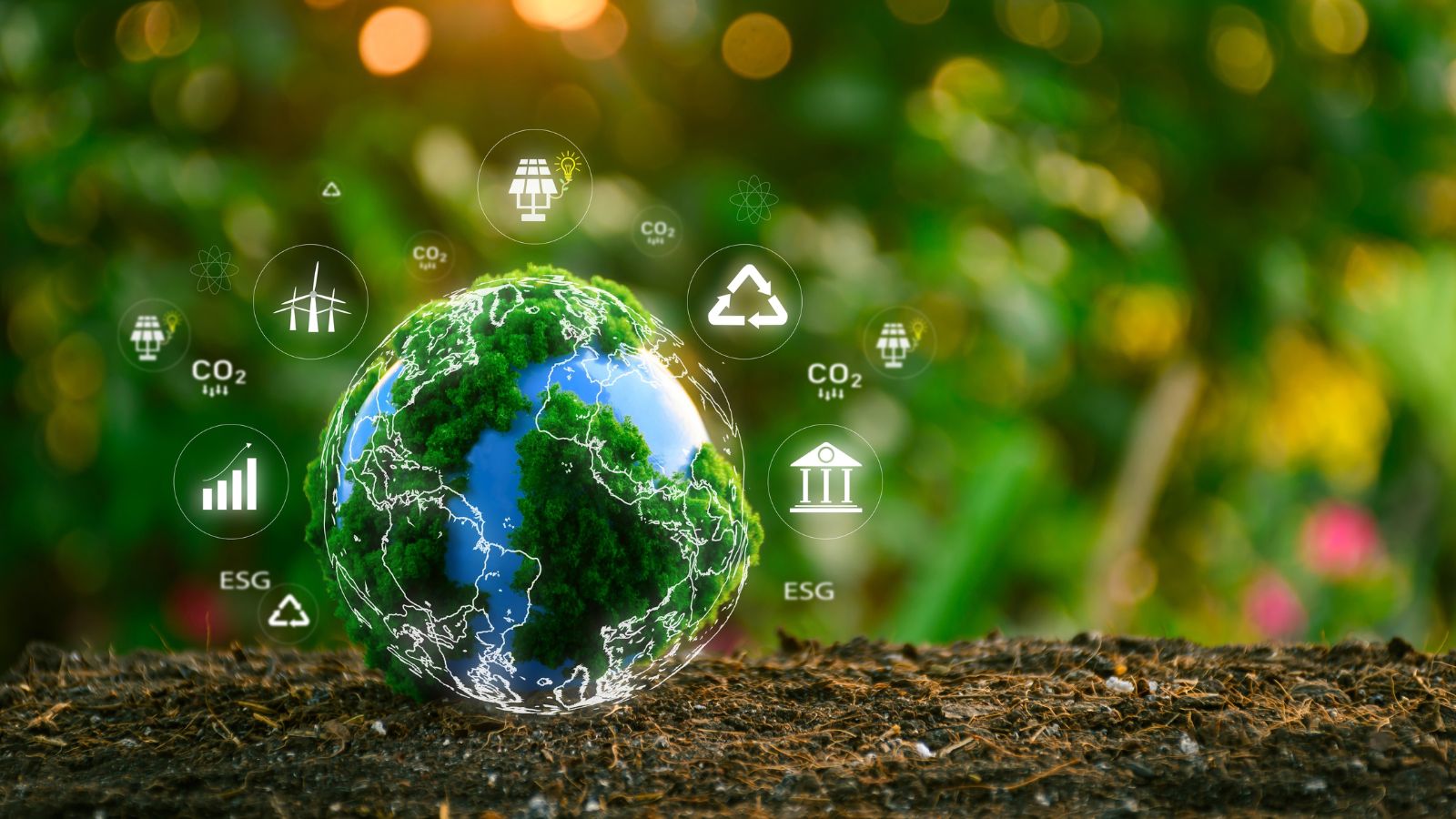
Canada is making major moves in climate finance, helping shift capital toward low-carbon development. With new frameworks for green bonds, ESG disclosures, and sustainable banking regulations, the financial sector is aligning with environmental goals. Institutions like the Canada Infrastructure Bank and Export Development Canada are funding clean transportation, resilient energy, and climate-ready infrastructure at scale. By redirecting financial flows, Canada is ensuring that the future is imagined and invested in, creating a financial pivot that is critical for transitioning to a sustainable and competitive economy.
Next-Gen Farming with Smart Tech
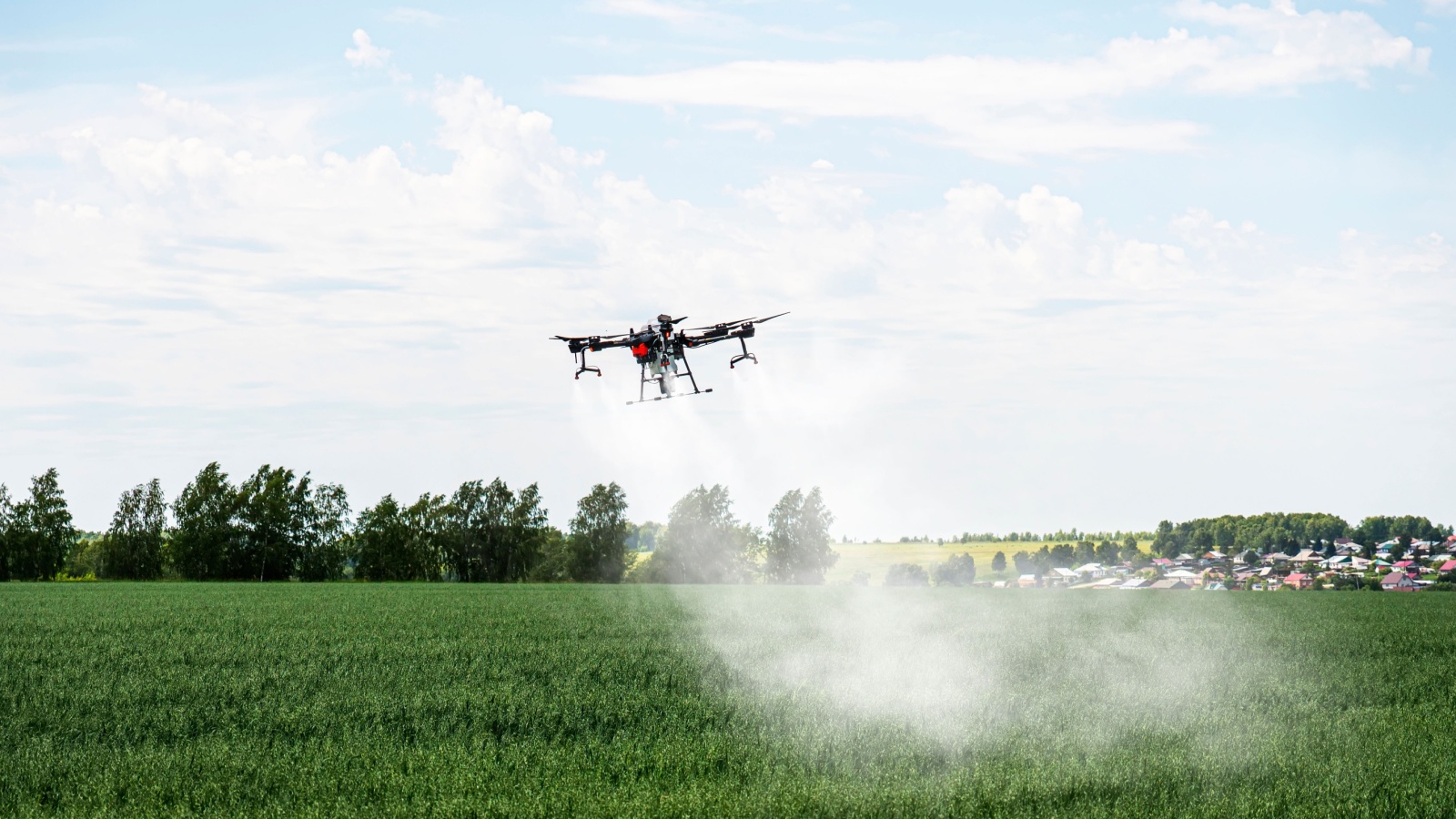
Canada’s agriculture industry is becoming a testbed for precision farming and sustainable practices. From autonomous tractors in the Prairies to climate-smart vertical farms in Ontario, tech is transforming how food is grown and distributed. Farmers are using AI, drones, and IoT sensors to reduce inputs, increase yields, and minimize environmental impact. These innovations not only future-proof food security but also create new exportable tech sectors. As the world grapples with climate disruptions and population growth, Canada’s agri-tech leadership could redefine its economic role far beyond grain and cattle.
Ontario’s EV Supply Chain Strategy

Ontario is building electric vehicles, as well as building everything around them. From critical minerals in the North to battery plants in Windsor and EV manufacturing in Oakville, the province is constructing a full end-to-end supply chain. Major players like Stellantis, Volkswagen, and GM are betting billions, and provincial policies are smoothing the path with incentives and infrastructure investment. This will help Ontario set global trends, and as global demand for EVs explodes, its foresight positions it as a competitive, green manufacturing powerhouse.
Calgary’s Pivot to Clean Tech
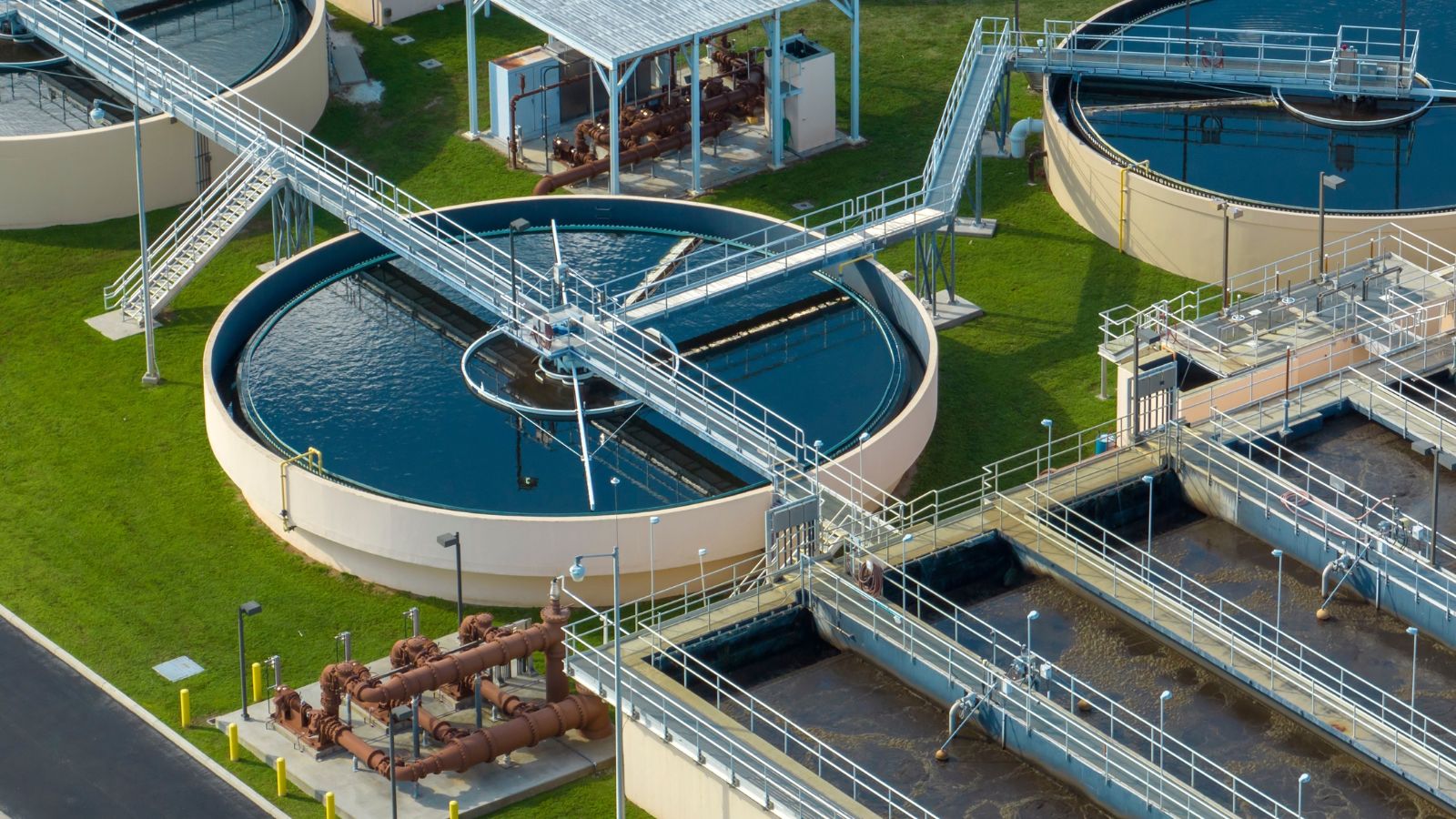
Once synonymous with oil, Calgary is now rapidly becoming a hub for clean technology. With startups developing carbon capture systems, renewable energy storage, and water purification tech, the city is redefining what an energy capital looks like in the 21st century. Government-backed accelerators like Foresight Alberta and university partnerships are funneling talent and investment into the sector, demonstrating a strategic and environmental pivot. By leveraging its existing engineering expertise and infrastructure, Calgary is also turning legacy industries into springboards for sustainable economic growth.
National AI Strategy Paying Dividends

Canada was one of the first countries to adopt a national AI strategy, and this is already paying off. Cities like Toronto, Montréal, and Edmonton have become global AI powerhouses, attracting investment, talent, and top-tier research, while Canadian institutions are leading advances in machine learning, ethics, and AI for social good. The unique feature in this approach is that the partnerships between academia, startups, and industry keep research grounded and scalable. In a world racing toward automation, Canada is keeping pace and leading in responsible innovation that can shape equitable, future-ready economies.
Canada’s Global Leadership on Carbon Pricing
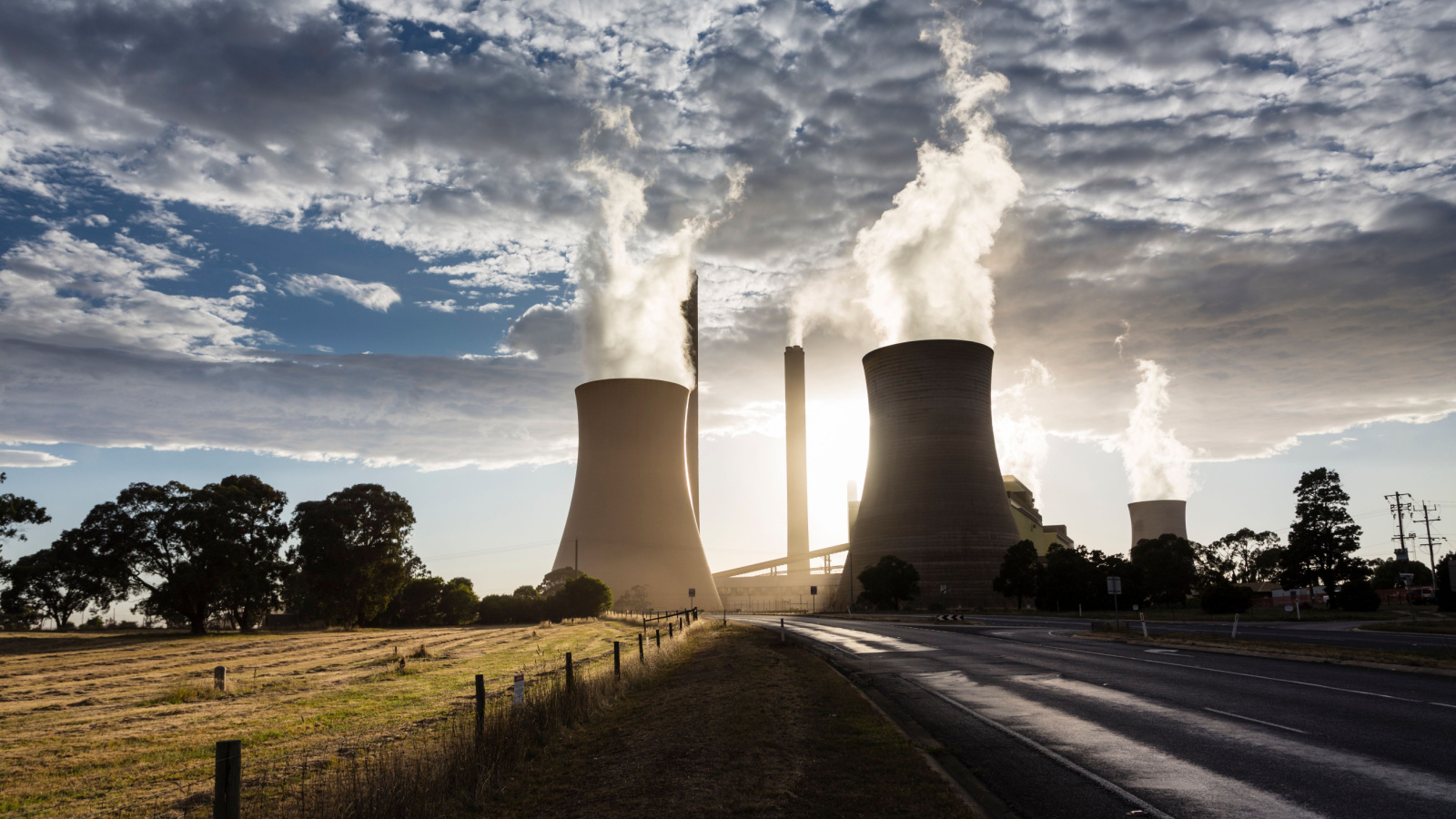
Canada’s carbon pricing framework is one of the most comprehensive in the world, and it is proving effective. By putting a price on pollution, it’s incentivizing businesses to innovate and reduce emissions while returning revenues to households. Provinces can tailor their systems, creating flexibility within national consistency. Economists have long argued this is the most cost-effective way to drive climate action, and Canada is walking the talk. As more countries look to decarbonize their economies, Canada’s carbon pricing model is emerging as a global standard for balancing environmental urgency with economic competitiveness.
21 Products Canadians Should Stockpile Before Tariffs Hit

If trade tensions escalate between Canada and the U.S., everyday essentials can suddenly disappear or skyrocket in price. Products like pantry basics and tech must-haves that depend on are deeply tied to cross-border supply chains and are likely to face various kinds of disruptions
21 Products Canadians Should Stockpile Before Tariffs Hit
